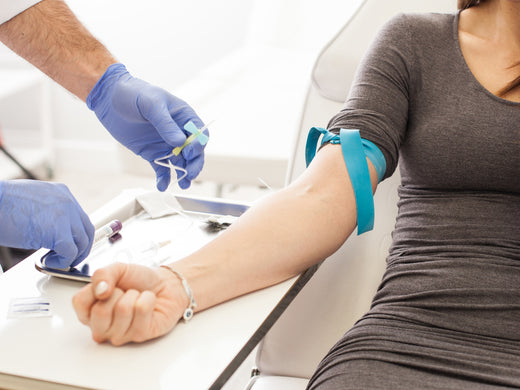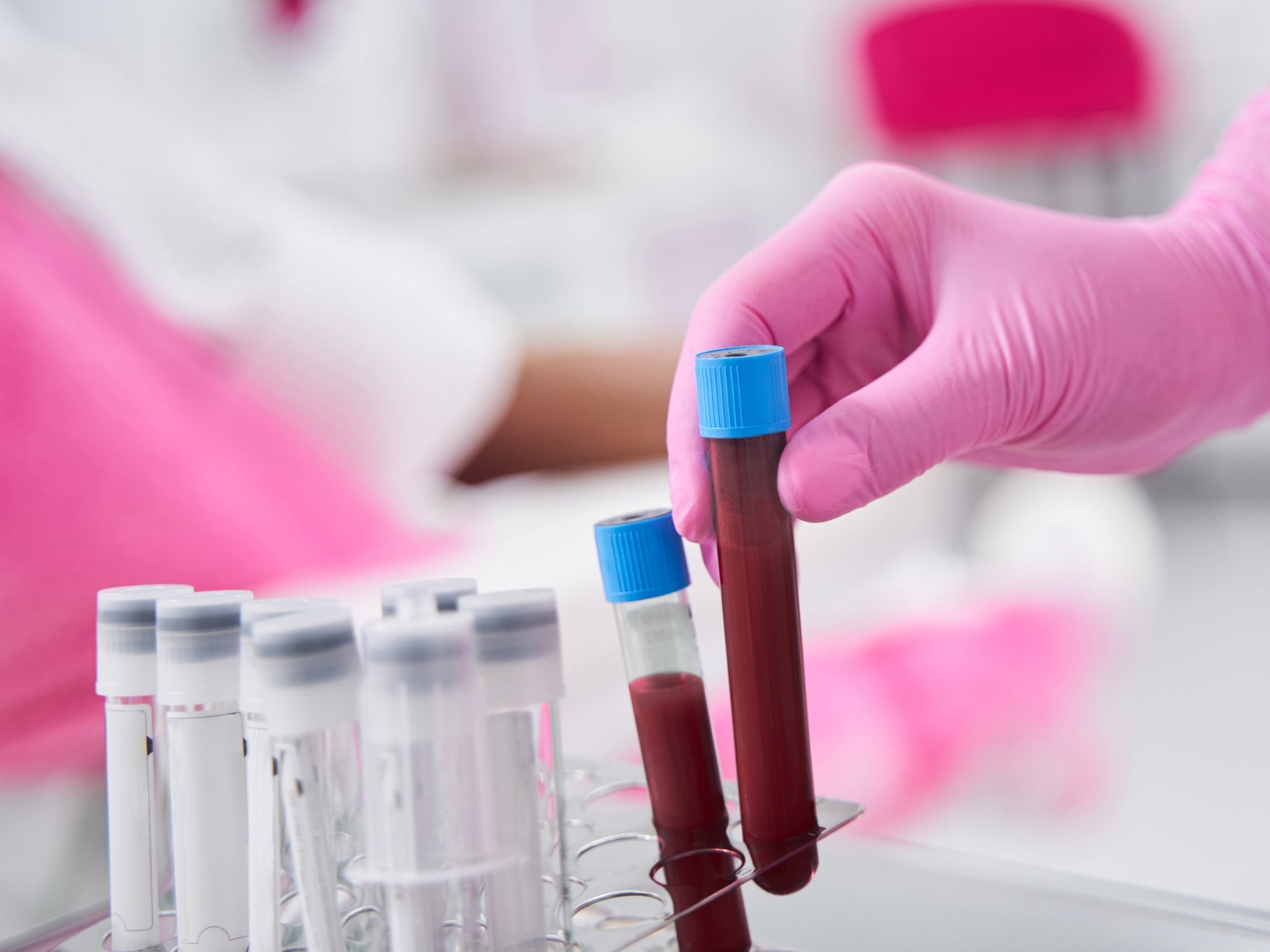You've probably heard the term "biomarkers" mentioned in your favorite health podcast or wellness blog lately. While it might sound like complex medical jargon, biomarkers are like your body's stat sheet. Just as athletes track their batting average, passing yards, or shooting percentage to gauge performance, biomarkers are measurable indicators that tell the story of your body's health, showing how well your systems are functioning and responding to treatment [1].
But with dozens of trackable biomarkers available, which ones should you mainly pay attention to? Let's break down the science and focus on the five most crucial biomarkers that can make a real difference in your health journey.
Understanding Biomarker Categories
Before diving into specific biomarkers, it's helpful to understand their different types. Biomarkers fall into several categories: diagnostic biomarkers confirm or establish a diagnosis, monitoring biomarkers track changes over time, and predictive biomarkers indicate likely treatment responses [1]. They can be measured through various means—from simple blood tests to advanced imaging techniques—and help healthcare providers make informed decisions about your care.
The Top 5 Biomarkers to Monitor
- Hemoglobin A1C (HbA1C) Target Zone: 4.6% – 5.5% [2] What It Tells You: This biomarker provides a 90-day snapshot of your blood sugar levels, making it invaluable for diabetes prevention and management. A1C is an accurate predictive and diagnostic biomarker associated with preventing and diagnosing diabetes [2]. Optimization Tip: Focus on a balanced diet rich in fiber and protein, limit processed sugars, and maintain regular physical activity.
- Iron Levels (Serum Ferritin) Target Zone: 50-150 mcg/dL for males, 35-145 mcg/dL for females [3] What It Tells You: Iron levels indicate your body's ability to produce healthy red blood cells and transport oxygen effectively. Low serum ferritin levels indicate iron deficiency, while high levels suggest adequate iron stores [3]. Optimization Tip: Include iron-rich foods in your diet and consider tracking your levels using AnemoCheck Mobile, which estimates iron levels through a simple fingernail photo.
- Vitamin D Target Zone: 50-100 ng/dL [2] What It Tells You: Beyond bone health, vitamin D plays a lead role in maintaining healthy bones, regulating electrolyte metabolism, gene expression, and immune system functions [2]. Optimization Tip: Get moderate sun exposure, consider supplementation (under medical guidance), and include vitamin D-rich foods in your diet.
- C-Reactive Protein (CRP) Target Zone: Below 0.5 mg/L [2] What It Tells You: This inflammation marker has been highly predictive of future cardiovascular illnesses like heart attack, arterial disease, stroke, and diabetes. Excessive CRP levels can increase your risk of heart attack by as much as 300% [2]. Optimization Tip: Maintain a healthy weight, exercise regularly, and follow an anti-inflammatory diet rich in omega-3 fatty acids.
- Sex Hormone-Binding Globulin (SHBG) Target Zone: 10-55 nmol/L (men), 20-140 nmol/L (women) [2] What It Tells You: SHBG is instrumental in converting total testosterone into free testosterone that is bioavailable for absorption. It's a biomarker predictive of strong bones and a healthy heart [2]. Optimization Tip: Maintain a healthy weight, exercise regularly, and ensure adequate protein intake.
Technology for Tracking Biomarkers
Modern technology has made biomarker tracking more accessible than ever. Wearable devices can monitor heart rate, oxygen saturation, and other health metrics, while smartphones can track various health indicators [4]. AnemoCheck Mobile stands out as a game-changing app for those managing iron levels. It uses your smartphone's camera to analyze your fingernail color and estimate your likelihood of iron deficiency—no needles required. As we move into 2025, these kinds of noninvasive monitoring options are revolutionizing how we track and manage our health.
Making Biomarkers Work for You
While biomarkers might seem overwhelming at first, they're actually powerful tools for optimizing your health. The key is starting small—focus on one or two biomarkers initially and gradually expand your monitoring as you become more comfortable. Remember, you don't need to navigate this journey alone. Work with your healthcare provider to understand your personal biomarker goals and develop a plan to achieve them.
Take the first step today by downloading AnemoCheck Mobile and starting your biomarker tracking journey. Your future self will thank you for it.
References
[1] https://toolkit.ncats.nih.gov/module/discovery/developing-translational-research-tools/biomarkers/
[2] https://getopt.com/biomarkers-health/
[3] https://www.mountsinai.org/health-library/tests/serum-iron-test
[4] https://binariks.com/blog/digital-biomarkers-in-healthcare/





Leave a comment
This site is protected by hCaptcha and the hCaptcha Privacy Policy and Terms of Service apply.